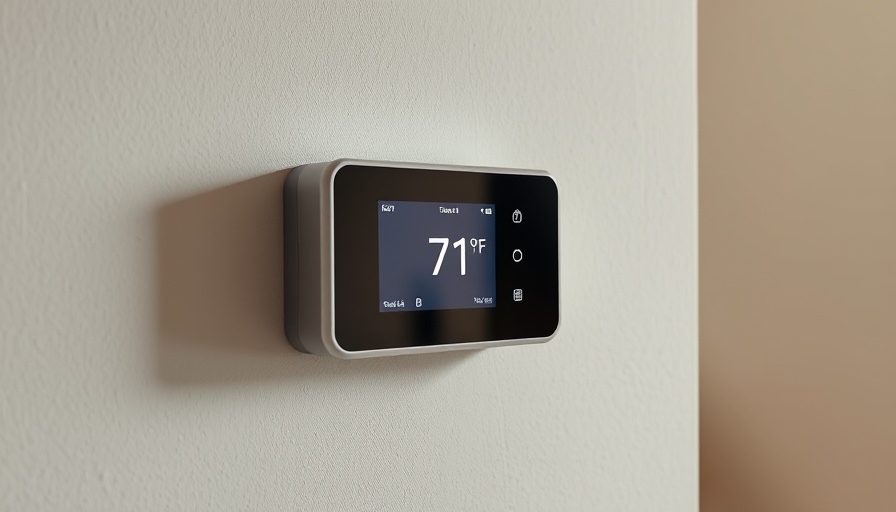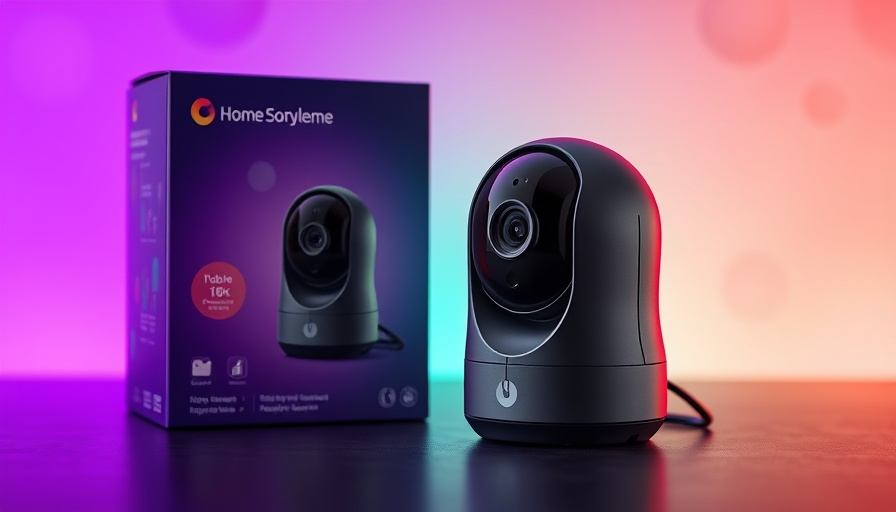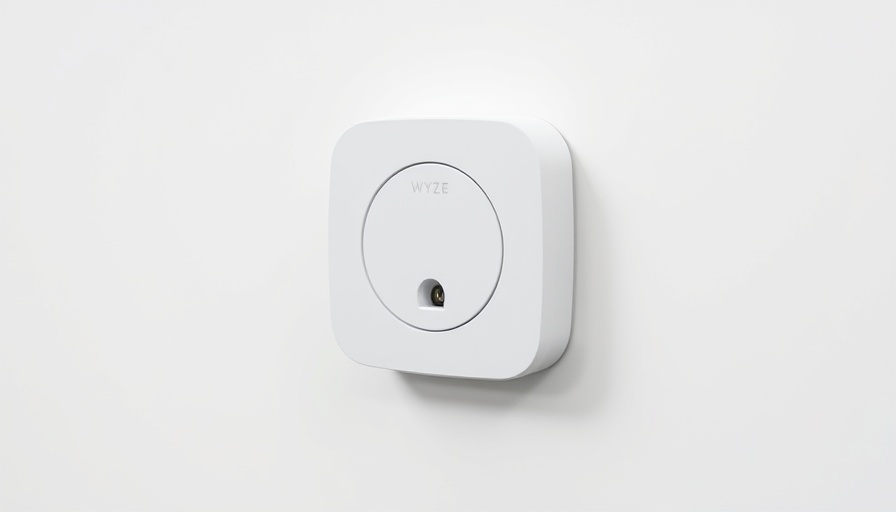
Volkswagen's Innovative Shift Toward V2G Technology
Volkswagen's Vehicle-to-Grid (V2G) project is set to revolutionize how we think about electric vehicles (EVs), thanks to its recent expansion in Hudiksvall, Sweden. By utilizing V2G technology, Volkswagen is enabling electric car owners to not just power their vehicles but also supply energy back to the grid. This not only strengthens grid resilience but also maximizes the use of renewable resources, making it a critical advancement in the green energy transition.
The Mechanics Behind V2G in Everyday Life
In practical terms, the V2G technology leverages electric vehicles equipped with bidirectional chargers from Ambibox, allowing energy to flow both to and from the car. At the initial deployment stage, 200 VW electric cars will be integrated into the existing energy ecosystem, operational within homes and various businesses across Sweden. This dual capability facilitates charging during off-peak hours when renewable energy supplies may be abundant, and feeding energy back into the grid during peak times, thus creating a self-sustaining loop of energy use.
What Does This Mean for Homeowners and Businesses?
For homeowners and businesses alike, this project heralds the promise of reduced energy bills and increased efficiency. Through such systems, participants can capitalize on price fluctuations in electricity and play a significant role in the transition to greener fuel sources. Imagine being able to charge your EV while at work, and later, selling excess stored energy back to the grid, adding a new layer of income generation. This interconnectivity between EVs and solar energy systems can drive greater energy independence as households and businesses move away from traditional grid reliance.
Insights From V2G Developments in Other Nations
Internationally, the deployment of V2G technology is taking hold in various innovative uses. For instance, in the Netherlands, charging providers like WeDriveSolar are already integrating these systems into car-sharing projects. Such strategic implementations encourage the optimized use of electric vehicles to meet energy needs without requiring substantial upgrades to existing grid infrastructure. They, too, underscore the critical need for improving battery technology and developing robust energy management systems to scale these solutions.
Challenges and Considerations in V2G Implementation
As promising as this project is, pursuing V2G technology brings its share of complexities—both technical and regulatory. The adaptable nature of electric vehicle usage, customer habits, and varying regulations on energy storage and distribution present hurdles. However, simplifications and developments in software platforms, such as those created by Energybank and Ambibox, are aiding in easing these complexities. Their focus on enhancing customer experience, functionality, and overall satisfaction promises a more attractive offering for future participants.
Looking Towards the Future: What’s Next?
With the expected commercial launch of this technology later this year, the vision for V2G technology extends far beyond Sweden. Volkswagen's commitment to green energy solutions and smart technologies could see a ripple effect across global markets. For homeowners and businesses interested in sustainable living, now is the time to explore how participating in such innovative projects can fortify energy independence and contribute positively to the environment.
As this exciting project unfolds, it denotes a step forward not just for the automotive industry but for energy consumers at large. By remaining ahead of these trends, individuals can position themselves to benefit from the advancements in V2G technology and renewable energy solutions.
As we draw closer to a greener future, staying informed and engaged is crucial. Explore ways to integrate solar and electric solutions into your lifestyle today.
 Add Row
Add Row  Add
Add 



Write A Comment